Take a trip to the Bridge on the River Kwai. It's a special place where you can experience both the painful history of World War II and the beauty of nature all in one journey.
To get to the Bridge on the River Kwai from Bangkok, you have several options:
- By Train: You can take a train from Bangkok’s Thonburi Station to Kanchanaburi. There are two trains daily, one in the morning and one in the afternoon, taking about 2 hours and 30 minutes. There’s also a Tourist Railcar on weekends and holidays1.
- By Bus: Buses from Bangkok’s Mochit Bus Terminal to Kanchanaburi run every 4 hours, with the journey taking approximately 3 hours and 20 minutes2.
- By Taxi or Private Transport: You can hire a taxi or a private car. The drive is around 1 hour and 52 minutes covering a distance of 79.3 miles2.
- By Mini Van: Mini vans are available and take about 3 hours and 25 minutes2.
Once you arrive in Kanchanaburi, the Bridge on the River Kwai is accessible by foot from the train station, and there are signs to guide you to the bridge. It’s recommended to check the latest schedules and book your tickets in advance, especially during high season or weekends, as transport can be crowded123.
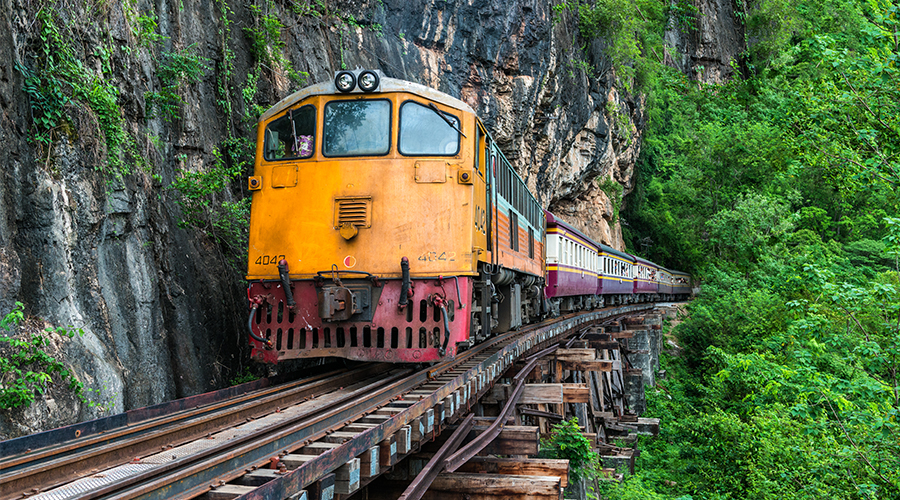
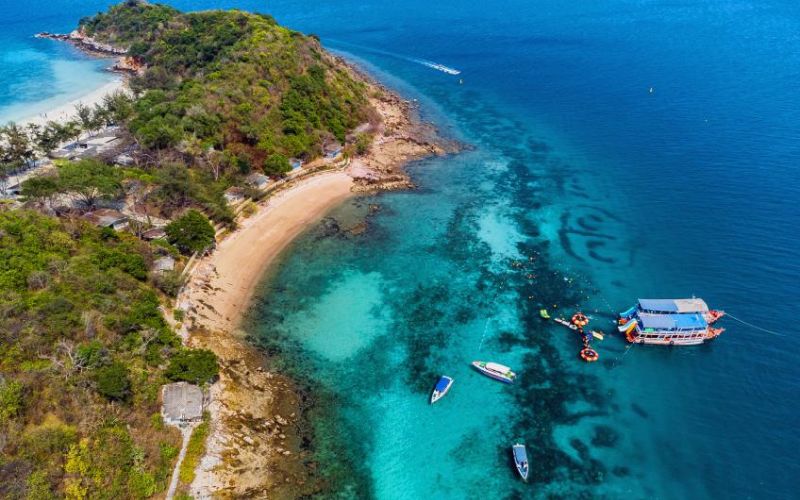
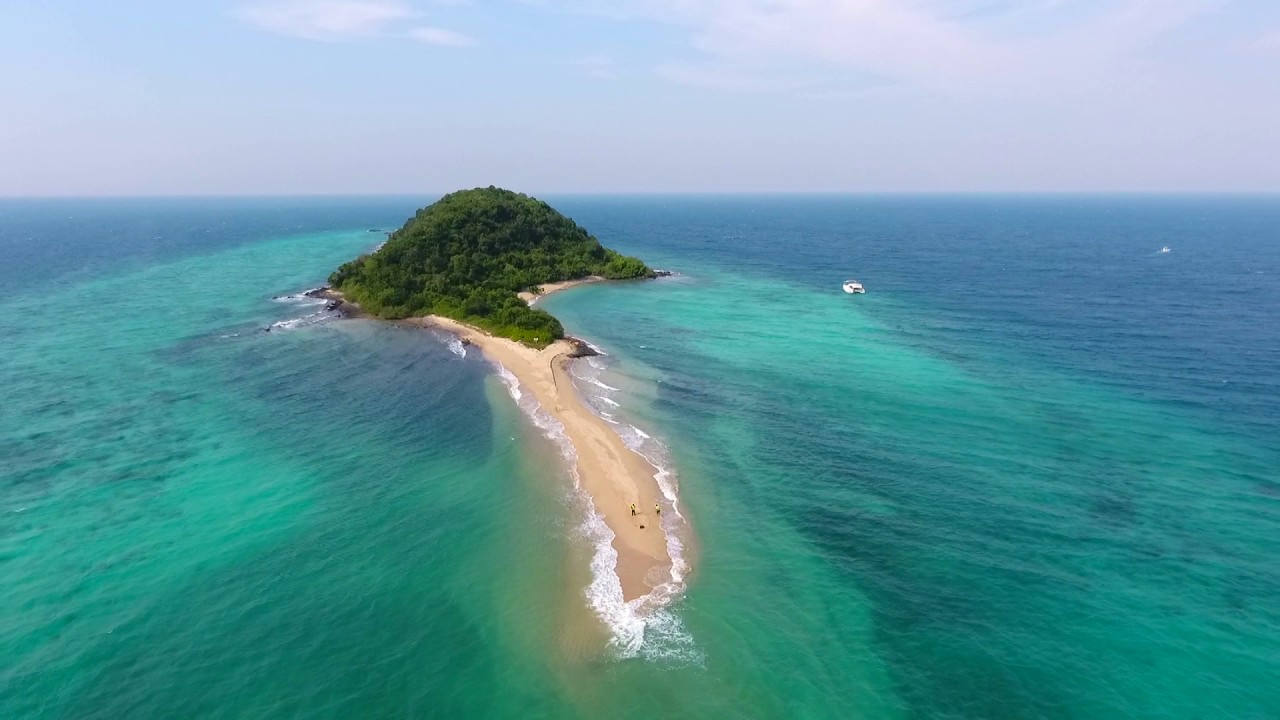
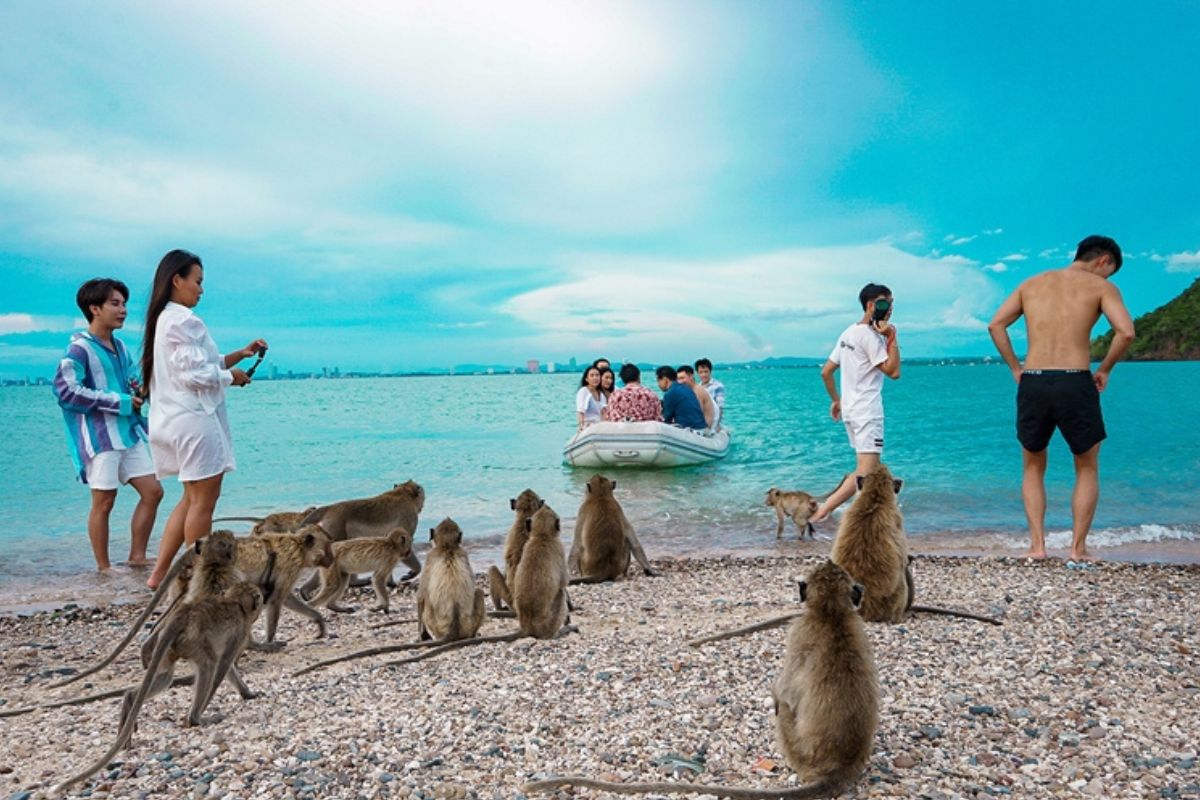
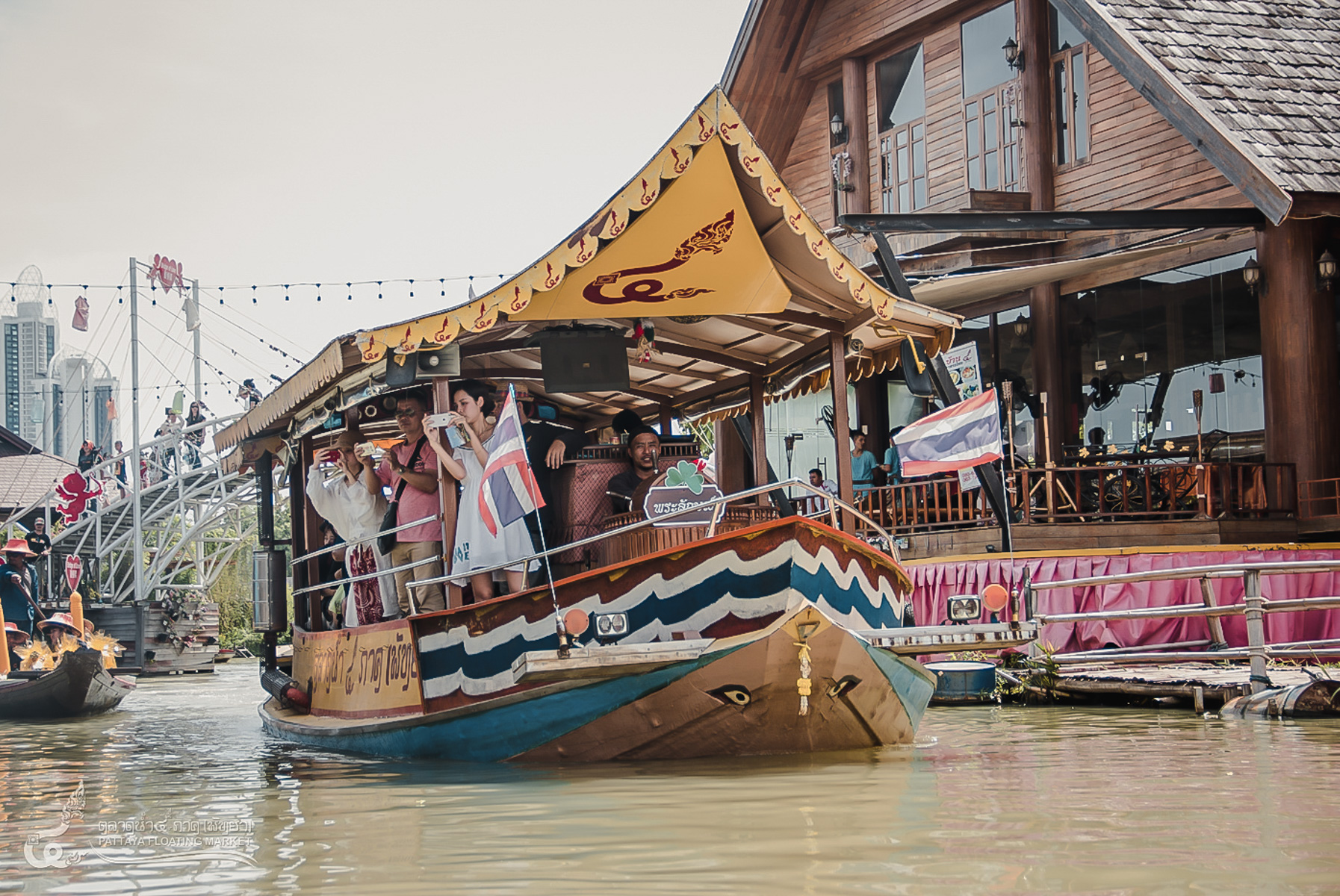
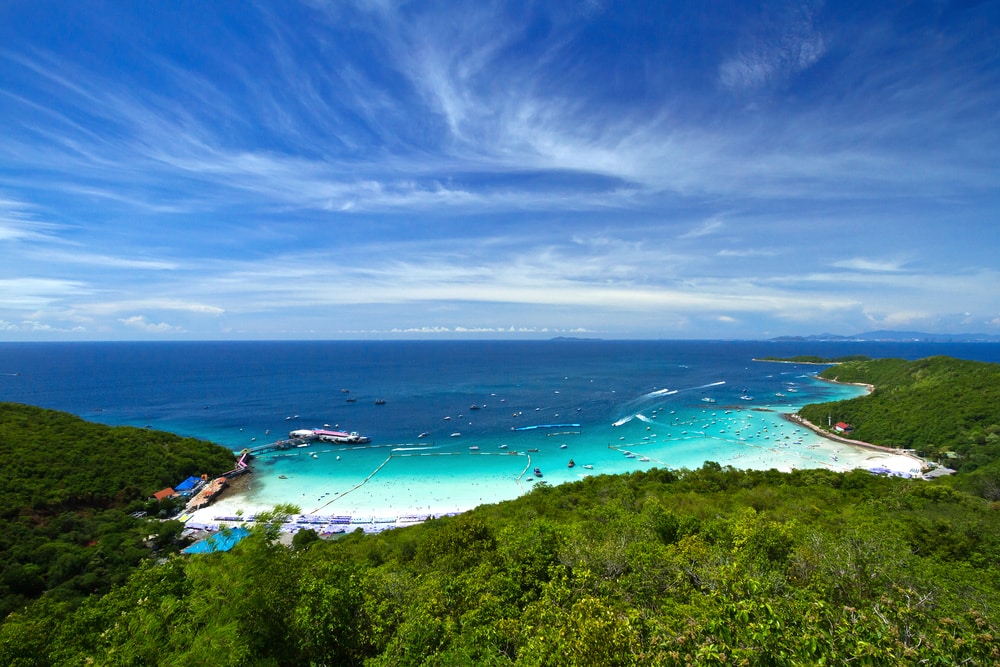
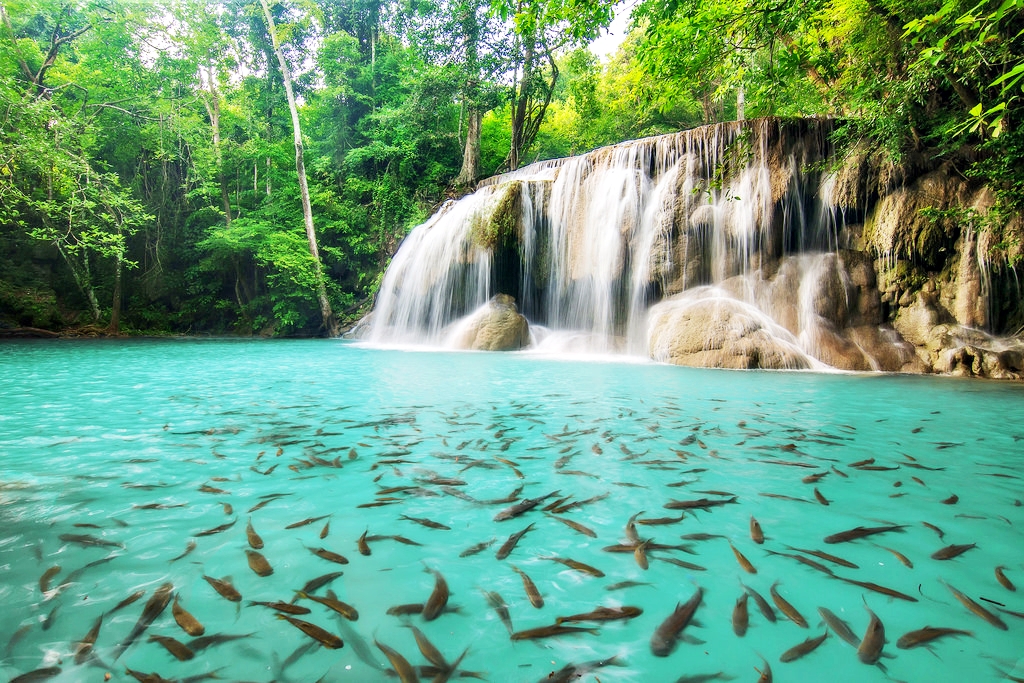
7 Comments. Leave new
Great delivery. Solid arguments. Keep up the good work.
Also visit my blog post; nordvpn Coupons inspiresensation
350fairfax nordvpn
I’m really enjoying the design and layout of your site. It’s
a very easy on the eyes which makes it much more pleasant for me to come here and visit more often.
Did you hire out a developer to create your theme?
Fantastic work!
Take a look at my website … nord vpn promo
Well I sincerely liked studying it. This subject procured by you is very useful for proper planning.
https://www.zoritolerimol.com
great post.Never knew this, appreciate it for letting me know.
http://www.vorbelutrioperbir.com
I am curious to find out what blog system you
are utilizing? I’m experiencing some minor security
issues with my latest site and I’d like to find something
more secure. Do you have any recommendations?
My homepage eharmony special coupon code 2025
I am impressed with this web site, real I am a big fan .
https://www.smortergiremal.com/
Terrific work! This is the kind of info that are meant
to be shared across the net. Shame on the seek engines for
not positioning this post higher! Come on over and talk over with
my website . Thanks =)
Also visit my web site :: vpn